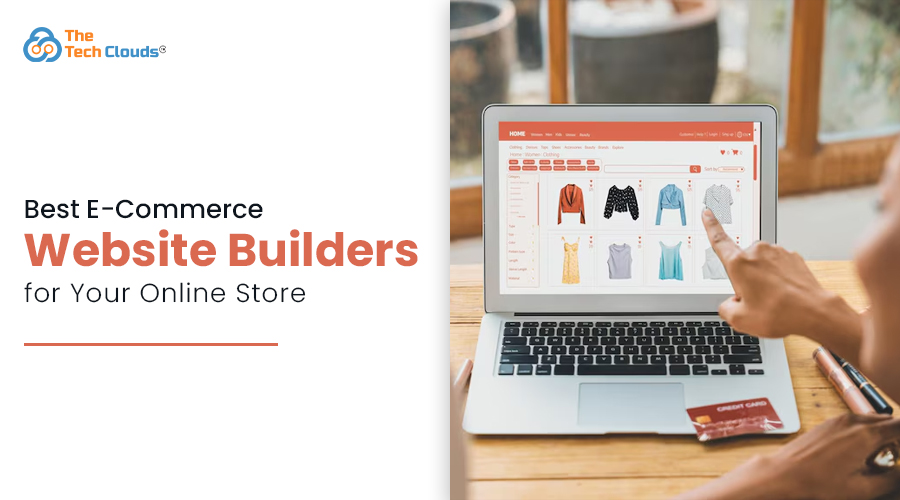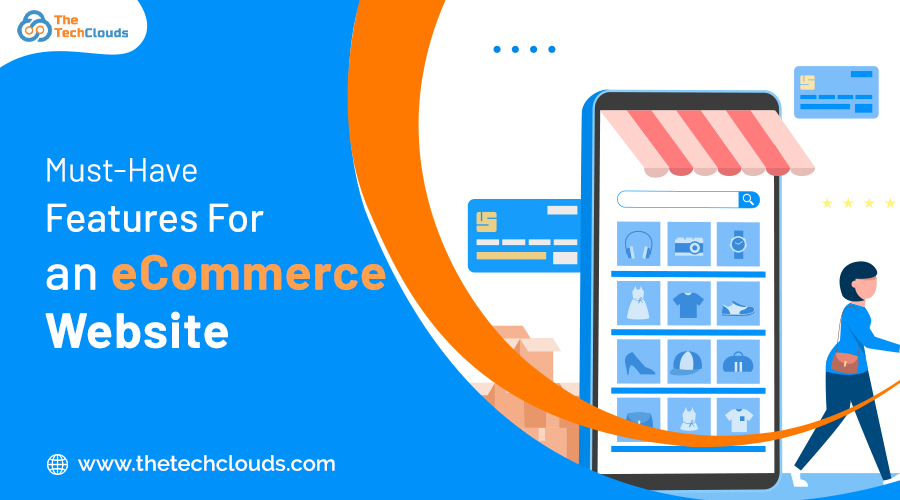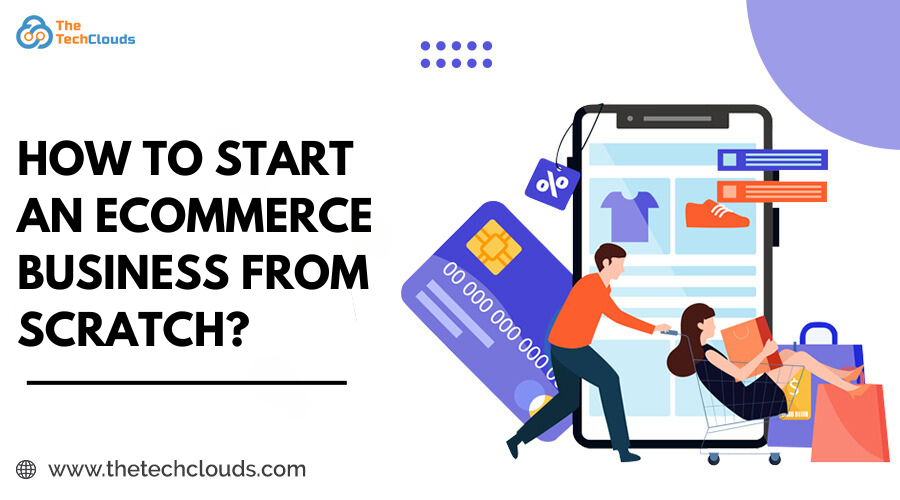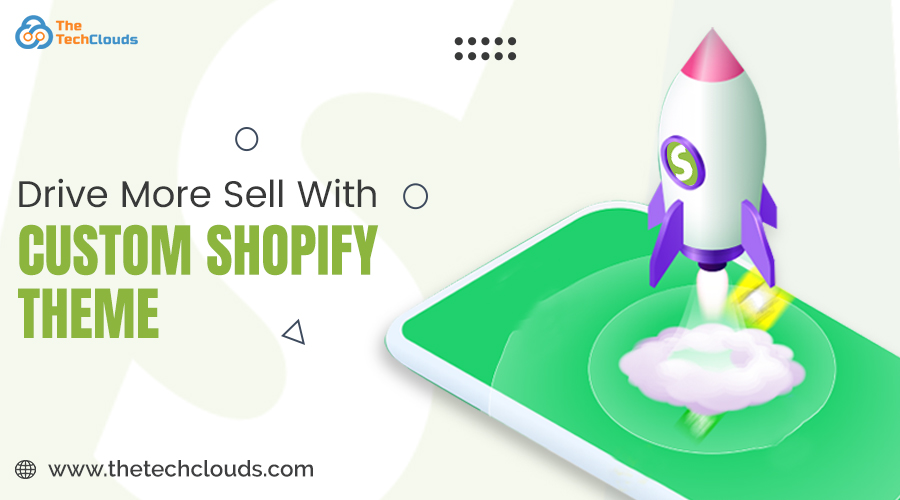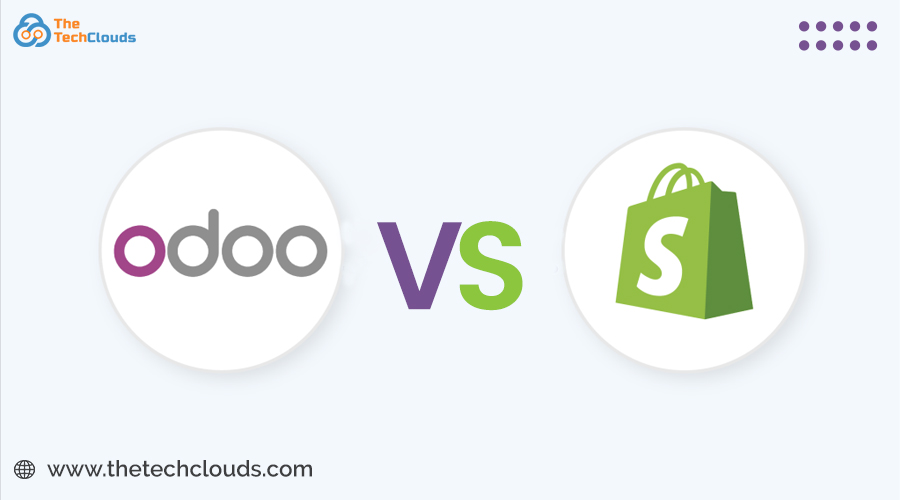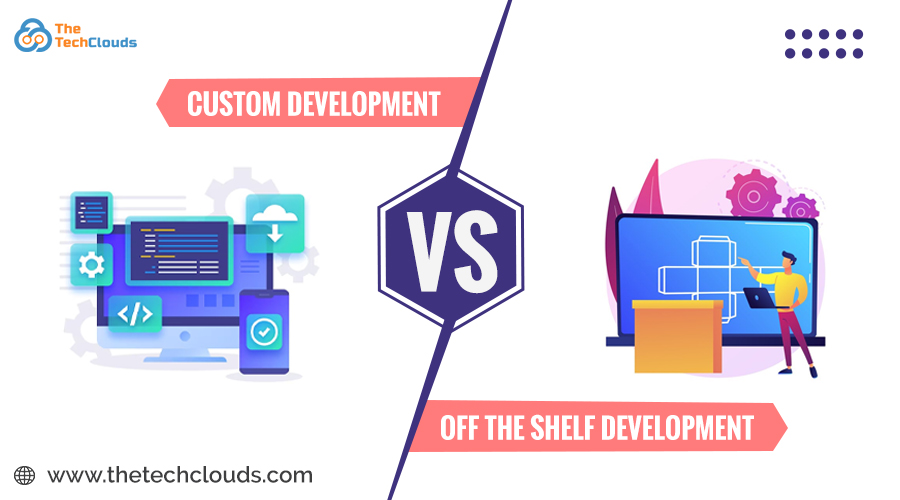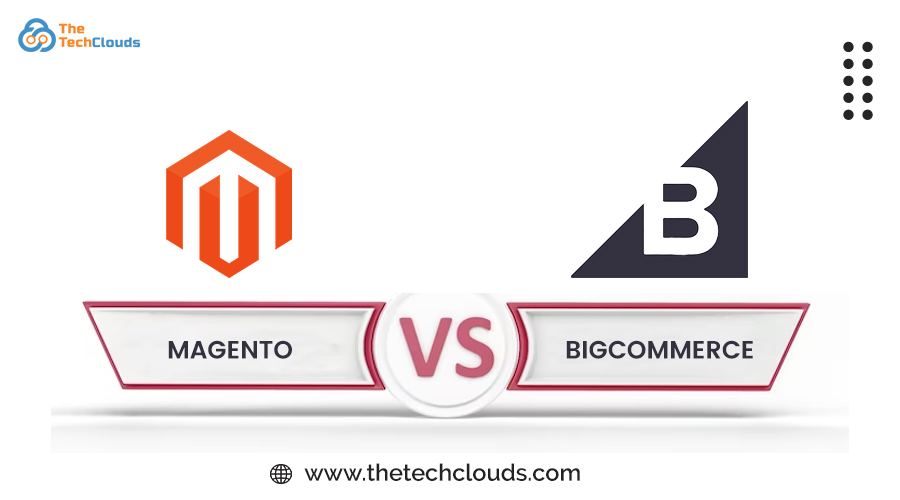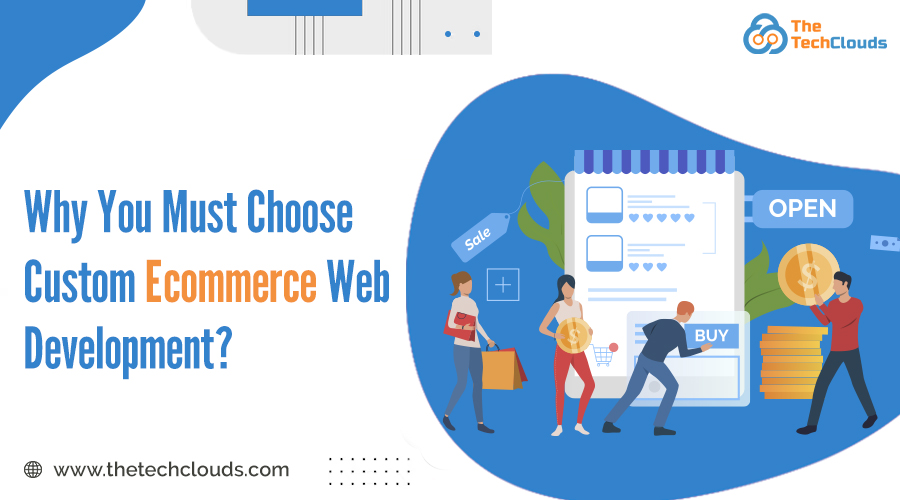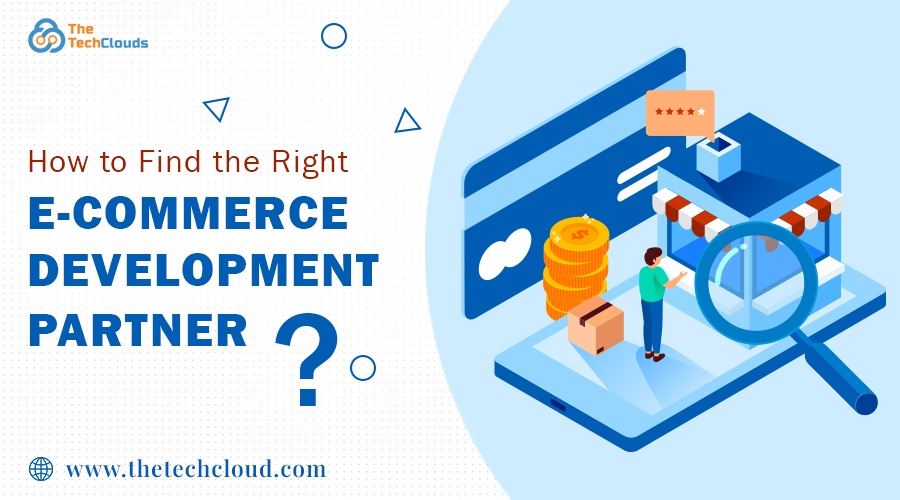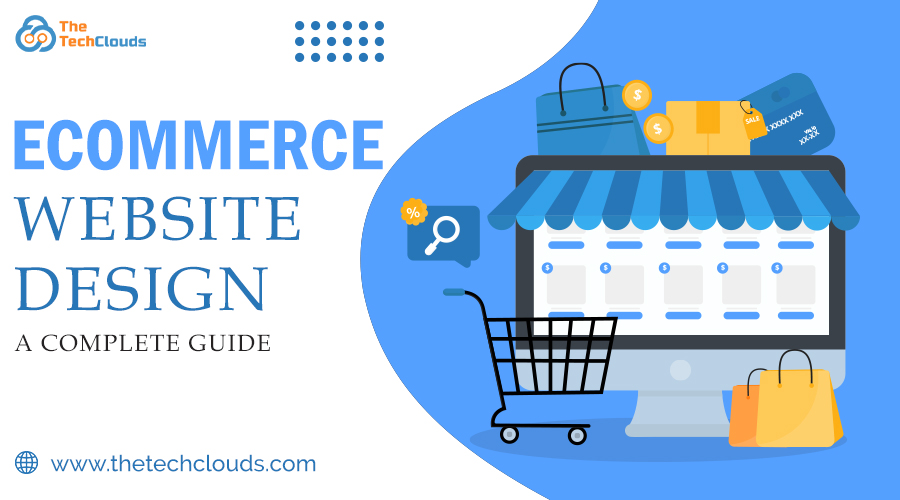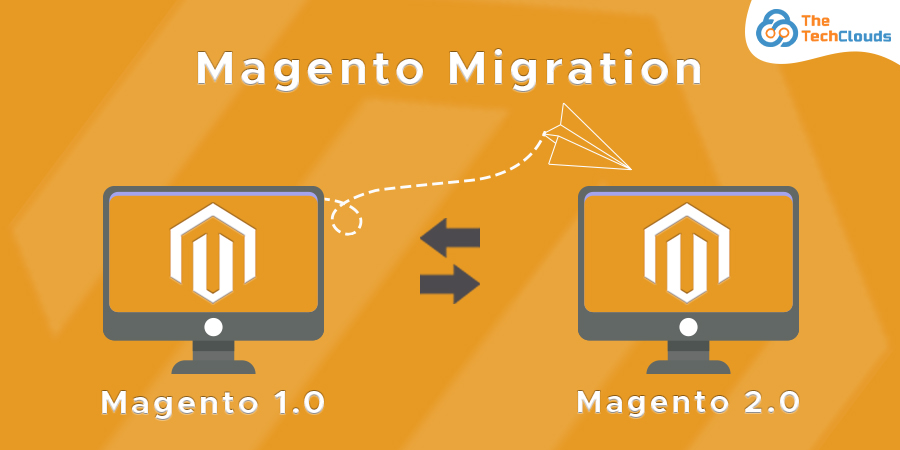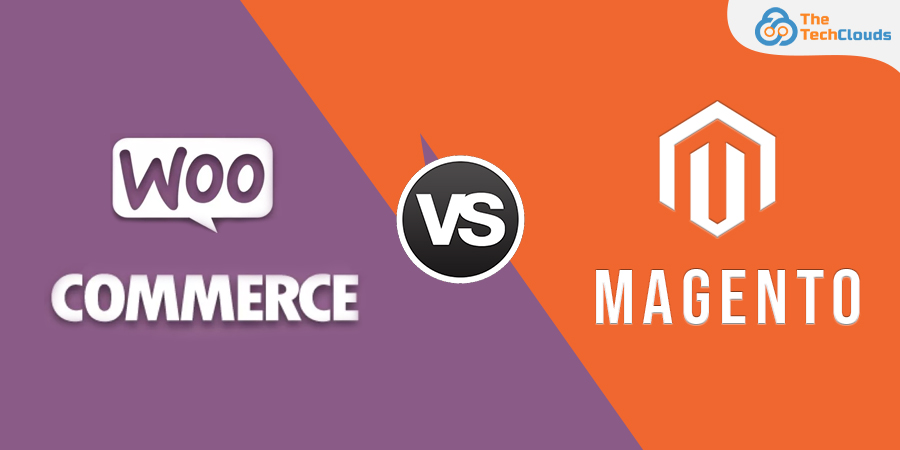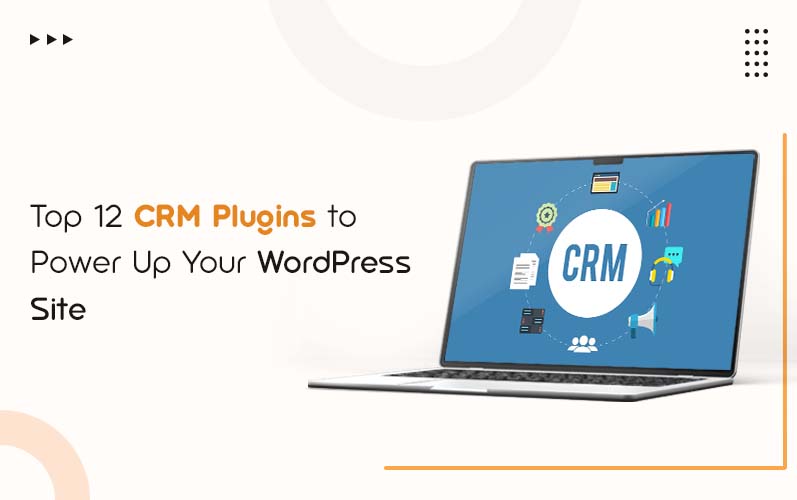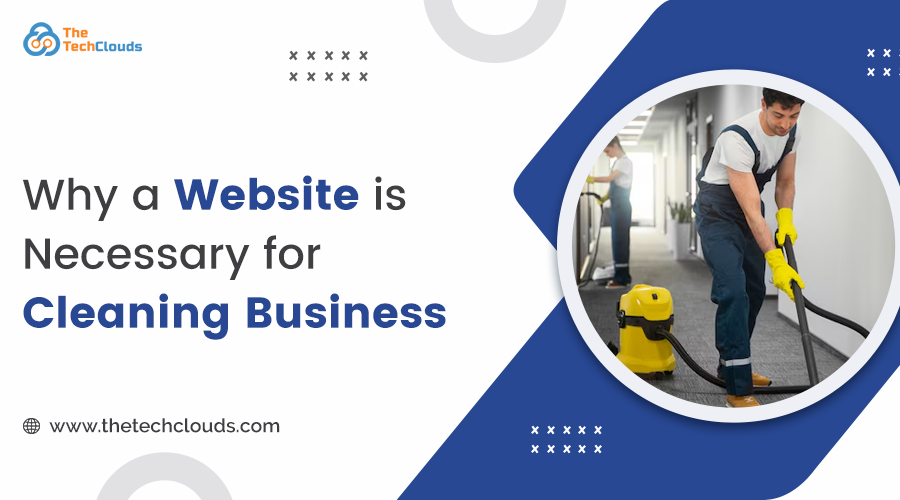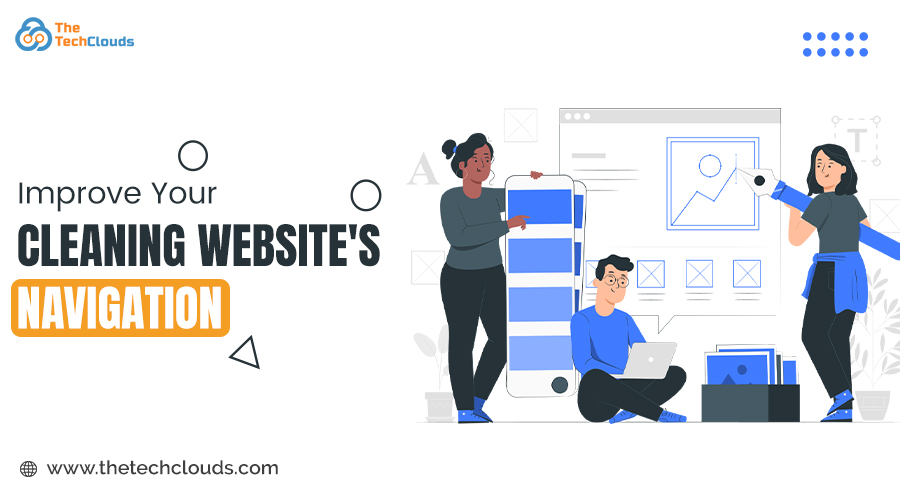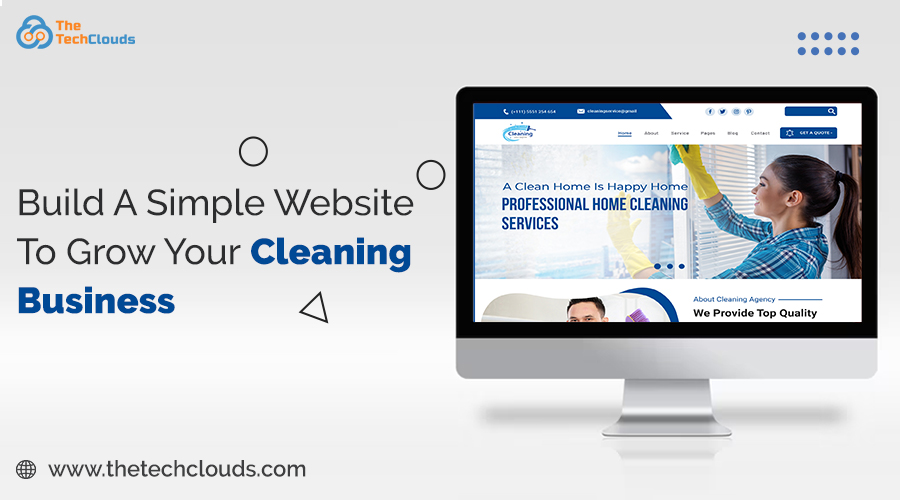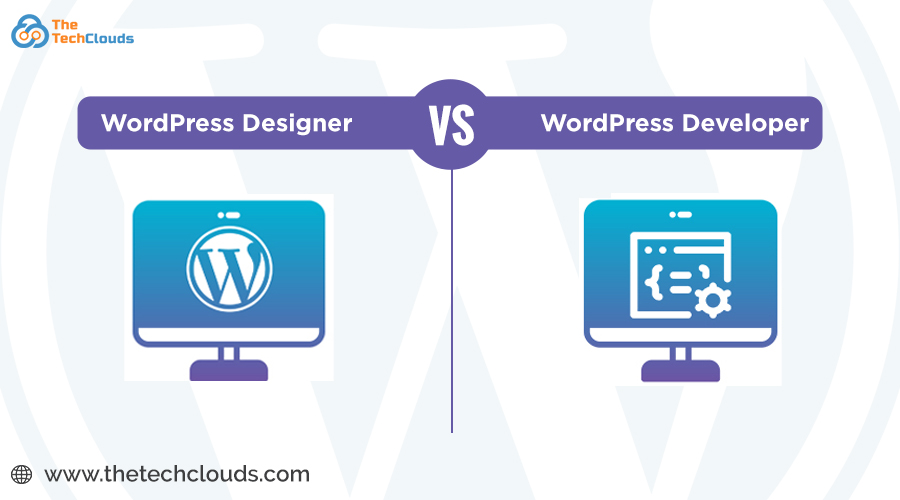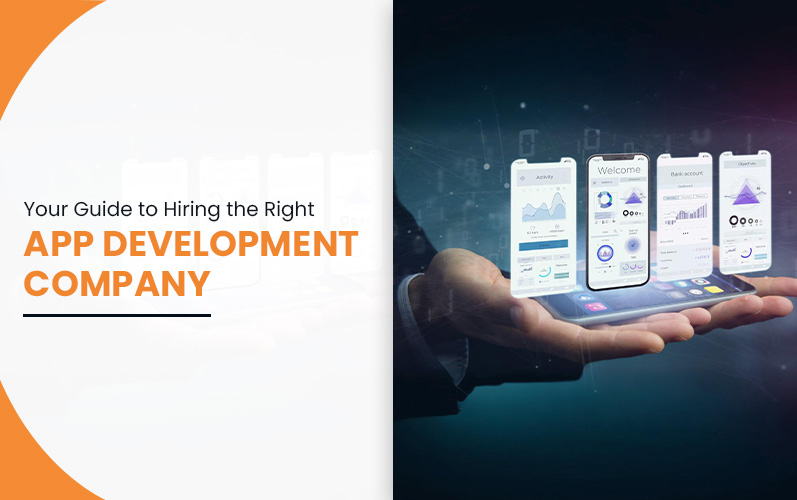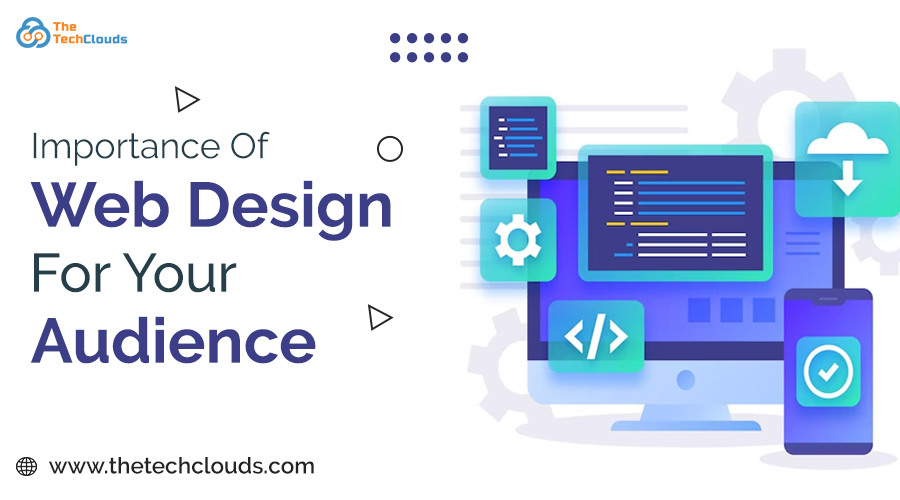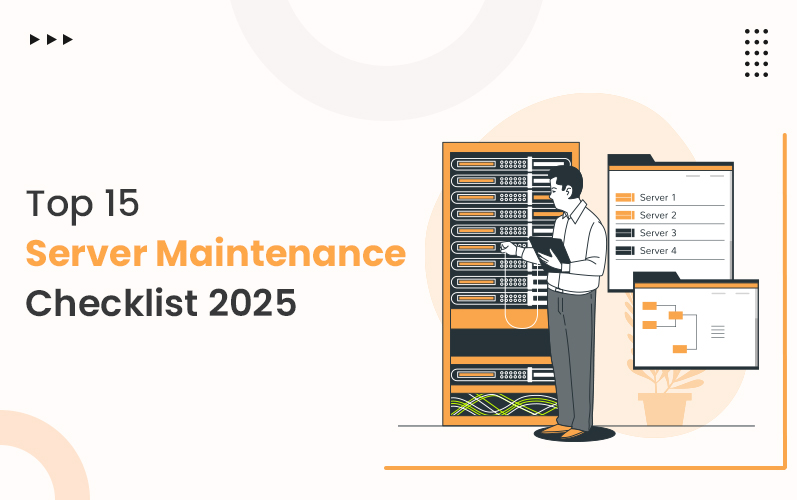Today, where online businesses are growing rapidly, choosing the right e-commerce website development company is crucial for long-term success. Whether you’re a startup or an established retailer, your website is the bloodline of your online presence. With thousands of companies offering similar services, finding one that aligns with your brand vision, technology needs, and future goals can be a game-changer.
What is an Ecommerce Website?
An e-commerce website is an online platform where products and services are sold directly to consumers. It facilitates transactions electronically through secure payment systems and is equipped with features like product listings, shopping carts, user accounts, and order management. Whether selling physical goods, digital products, or services, an e-commerce website enables businesses to reach customers globally, streamline sales, and provide a seamless shopping experience.
Different Models of eCommerce Websites Explained
Understanding the various types of e-commerce websites can help you choose the right structure for your business model:
B2C (Business to Customer): The most common model, where businesses sell directly to individual consumers (E.g. Amazon).
B2B (Business to Business): Businesses sell products or services to other businesses (e.g. Alibaba).
C2C (Consumer to Consumer): Individuals sell directly to other individuals (e.g. eBay).
C2B (Consumer to Business): Consumers offer products or services to businesses (e.g. Freelancer platforms).
Marketplace Models: A hybrid platform where multiple sellers and buyers interact under one domain. (e.g. Etsy).
Each model requires different functionality and design strategies that only a skilled e-commerce website development company can deliver effectively.
Why Building an E-commerce Website in 2025 Is Essential
With digital transformation at its peak, launching or upgrading your e-commerce platform in 2025 offers unmatched opportunities. Here’s why:
Massive Online Growth: More than 2.5 billion people are expected to shop online in 2025.
Mobile-First Shopping: Based on the data from Statista, the majority of customers prefer to shop on mobile, and 50% of US Ecommerce sales will be made by 2027, therefore making responsive designs is a must.
Data-Driven Sales: E-commerce platforms now integrate advanced analytics to personalize user experience.
Global Reach: Unlike physical stores, e-commerce websites allow for global accessibility and expansion.
Sustainability Trends: Eco-conscious consumers are increasingly seeking sustainable online shopping experiences, driving demand for digital storefronts.
This makes it more important than ever to partner with a knowledgeable e-commerce development in India or internationally recognized agencies.
Read more: Medusa Ecommerce – How it Revolutionizes Customer Experience
Core features to Include in Your E-commerce Platform
When building your site, it is essential to focus on functionality that enhances the user journey and ensures efficient operations. With the right e-commerce solution, your business will be equipped for long-term success. Here are must-have elements to prioritize when developing an e-commerce website:
User-friendly Navigation: Customers should easily browse products, categories, and pages without confusion.
Secure Payment Integration: Offer trusted, multi-payment gateways for security and convenience.
Mobile Optimization: Ensure the website is fast, responsive, and optimized for all devices.
Inventory Management: Automated stock updates and notifications improve both customer satisfaction and operational flow.
Customer Support Tools: Live chat, FAQs, and ticketing systems boost engagement and trust.
Only a seasoned e-commerce website development company near you will know how to implement these seamlessly.
Read more: Why Should You Follow Shopify Development Trends 2025?
Tips to Find a Reliable E-Commerce Development Company
Selecting a trustworthy E-commerce development company in India, involves more than just checking portfolios. Here are essential tips to guide your decision:
Check Their Experience:
Choose companies with proven success in your industry or similar e-commerce platforms.
Ask For Case Studies or References:
Authentic reviews and past projects reveal the real value they offer.
Evaluate Technical Skills:
Make sure the team is proficient in platforms like Shopify, Magento, Medusa, WooCommerce, or any other custom e-commerce frameworks.
Focus on Customization:
Avoid generic solutions. Understand the unique needs of your business and search for a development company that can provide you with tailor-made solutions.
Discuss Post-Launch Support:
Reliable Firms offer ongoing support, updates, and maintenance even after launching.
Communication and Transparency:
Clear timelines, honest pricing, and regular updates are signs of a dependable partner.
Scalability and Future Readiness:
Ensure the company can handle your future growth and technology upgrades.
Read More: What Exactly Is Magento Ecommerce and How Can It Help Your Online Store?
Tailored Digital Solutions to Match Your Business Goals
If you’re looking for adaptable services, many top firms provide custom-built ecommerce development services that cater to your budget, business model, and growth trajectory. One such trusted name is The Tech Clouds (TTC), a reliable e-commerce development in India, known for delivering tailor-made digital solutions that align with your specific business goals. Whether it’s product personalization, third-party API integration, or multilingual support, TTC ensures your website evolves seamlessly as your business grows. The best e-commerce solution is the one that fits your unique business needs, and TTC delivers exactly that.
Is a Professional E-commerce Website Development Company Right for You?
If you’re aiming to build a secure, scalable, and impactful online presence, partnering with a professional e-commerce website development company is a smart move. Whether you’re searching for a local e-commerce website development near you, you can trust The Tech Clouds (TTC), for the right customized ecommerce development services is a smart move. Their experts can bring unmatched technical ability and creative vision, which will be conducive for your business to thrive in this highly competitive business space in today’s era.



